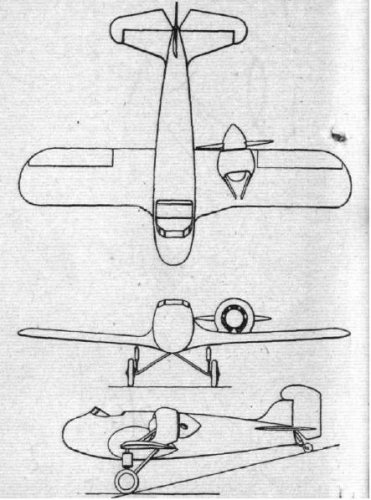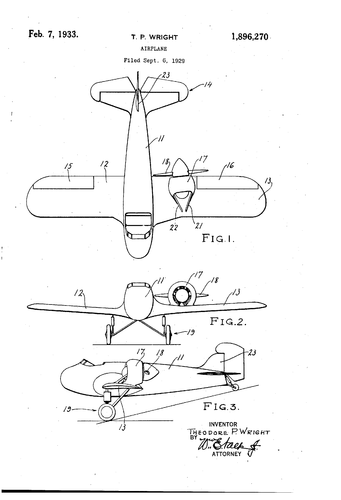- Joined
- 26 May 2006
- Messages
- 33,480
- Reaction score
- 13,529
Hi,
the Curtiss Wright's designer Mr. Theodore P. Wright created a new
single pusher engined project,it look like the Asymmetric aircraft.
the Curtiss Wright's designer Mr. Theodore P. Wright created a new
single pusher engined project,it look like the Asymmetric aircraft.
Attachments
Last edited:


